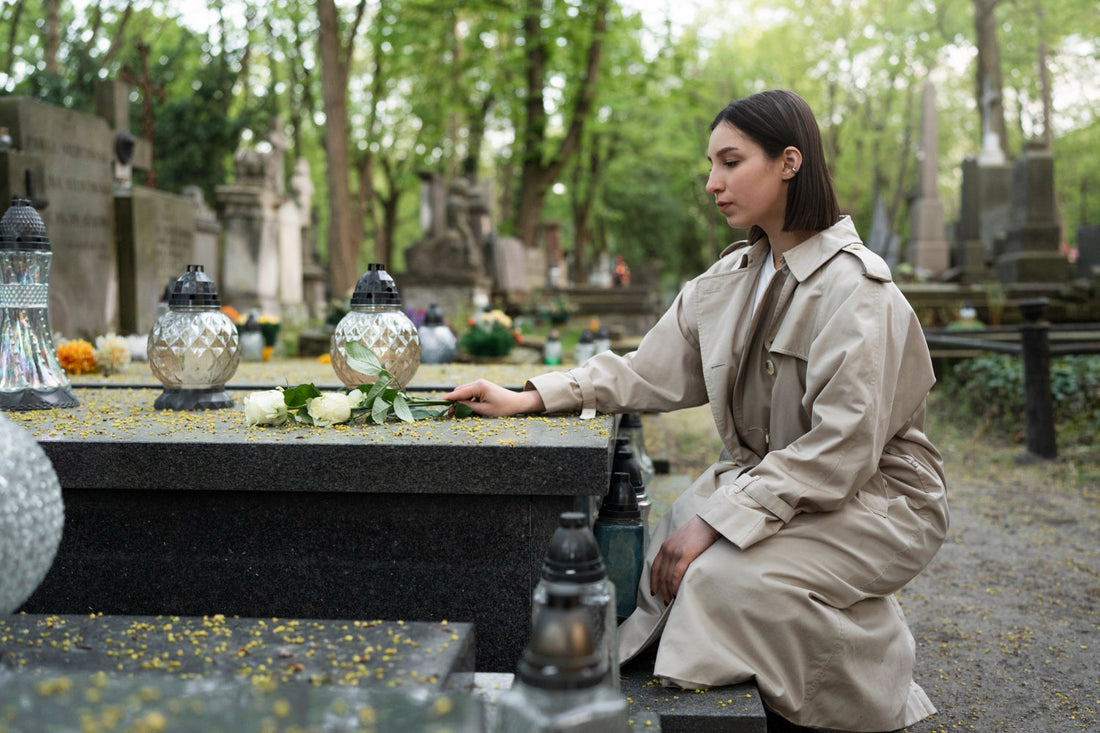
Cremation in the USA | History, Religion & Modern Practices
Share
Cremation has become one of the most common ways to honor and preserve the memory of loved ones in the United States. Once seen as unconventional and even controversial, cremation today is embraced by millions of American families as a meaningful, respectful, and often more practical alternative to traditional burial. But how did cremation begin in the USA, and why has it become so widely accepted in modern funeral traditions?
This article explores the history of cremation in America, from its origins in the late 19th century to its present status as a preferred end-of-life choice. Along the way, we’ll also address common questions like “What did God say about cremation?” and “When was cremation allowed in the Catholic Church?” while including quick-search style FAQs and related queries to help guide readers who want detailed answers.
The Origins of Cremation in the United States
Early Beginnings
Cremation as a practice is thousands of years old, with roots in ancient civilizations like Greece, India, and Rome. However, cremation in the United States did not become known until the late 1800s.
The first cremation in America was performed in 1876, when Dr. Julius LeMoyne built the first crematory in Washington, Pennsylvania. This marked a turning point in American funeral practices, introducing a method that emphasized sanitation, modern science, and efficiency at a time when public health concerns about overcrowded cemeteries were rising.
Who First Started Cremation in the USA?
Dr. Julius LeMoyne is often credited as the pioneer of American cremation. His goal was not only practical but also philosophical. He believed cremation was a more hygienic and rational option compared to burial, particularly during an era when infectious diseases spread rapidly.
Growth of Cremation in the 19th and 20th Centuries
Public Reaction and Religious Opposition
In its early years, cremation in America faced strong opposition, particularly from religious groups. Many Christians viewed cremation as incompatible with resurrection beliefs. For centuries, the Catholic Church strictly prohibited cremation, insisting on traditional burial as a way of honoring the body as a “temple of the Holy Spirit.”
-
Why was cremation originally not allowed?
Cremation was seen as a challenge to doctrines of resurrection and respect for the body. Many early Americans considered burial sacred and cremation suspicious or even pagan.
The Spread of Crematories
Despite resistance, crematories began appearing across the country. By 1900, there were more than 20 crematories in the United States. As urban populations grew, cremation gained traction as a practical solution to limited cemetery space.
By the mid-20th century, cremation was still relatively rare, accounting for less than 5% of deaths. But the cultural tides were shifting.
The Role of Religion in Cremation Acceptance
When Was Cremation Allowed in the Catholic Church?
A major milestone occurred in 1963, when the Catholic Church officially lifted its ban on cremation. The Vatican’s decision marked a turning point in acceptance, making cremation permissible as long as it wasn’t chosen to deny Christian teachings about resurrection.
What Did God Say About Cremation?
The Bible does not directly forbid cremation, nor does it specifically endorse it. Instead, most passages emphasize honoring the body and trusting God with the soul. Many Christians today believe cremation does not affect resurrection or salvation, while others prefer traditional burial due to cultural or personal beliefs.
Modern Cremation in the United States
Rising Popularity
By the late 20th century, cremation began to outpace burial in popularity. The Cremation Association of North America (CANA) reports that cremation rates in the U.S. climbed from 3.56% in 1960 to more than 57% in 2021, and projections show this number may reach 80% by 2040.
Why Families Choose Cremation
-
Cost-Effectiveness: Cremation is often less expensive than traditional burial, which can involve costly caskets, headstones, and cemetery plots.
-
Flexibility: Families can hold memorial services before or after cremation, and ashes can be kept in cremation urns, scattered in nature, or incorporated into keepsakes.
-
Environmental Concerns: Cremation is sometimes viewed as more eco-friendly than burial, though debates continue about its carbon footprint compared to natural or green burials.
-
Changing Religious Views: With diverse faiths and more relaxed religious restrictions, cremation has gained broad acceptance across spiritual communities.
Burial vs. Cremation in American Culture
For centuries, burial was considered the only dignified option in American funerals. However, with modern trends, cremation has become the majority choice. Today, families often debate between:
- Traditional burial: Includes embalming, casket, cemetery plot, and headstone.
- Direct cremation: A simpler process without embalming or a formal funeral.
- Cremation with memorial service: Combines elements of traditional funeral rituals with cremation.
This flexibility explains why cremation appeals to modern American families who seek personalization and affordability.
Cremation Urns and Memorialization
With cremation came the rise of cremation urns—containers designed to hold ashes. From simple vessels to artistic, handcrafted memorial urns, these pieces help families preserve the memory of loved ones. In the U.S., cremation urns range from large urns for adult human ashes to mini keepsake urns for sharing remains among family members.
Urns have also become part of American art and culture, with designs reflecting themes like patriotism, spirituality, or nature. Families often choose urns engraved with names, dates, or symbols that reflect the life and passions of the deceased.
Quick Search FAQs: Cremation in the USA
When did cremation begin in the USA?
Cremation began in 1876 with Dr. Julius LeMoyne’s crematory in Pennsylvania.
What did God say about cremation?
The Bible does not directly forbid cremation. Most Christian denominations today allow it.
Who first started cremation?
Dr. Julius LeMoyne built the first U.S. crematory, pioneering cremation in America.
Why was cremation originally not allowed?
Religious traditions, particularly Christian and Catholic, opposed it due to beliefs about resurrection.
When was cremation allowed in the Catholic Church?
In 1963, the Catholic Church officially permitted cremation, provided it was not chosen as a denial of faith.
Conclusion
Cremation in the United States has evolved from a controversial practice in the 19th century to the most common end-of-life choice for American families. What began with Dr. Julius LeMoyne’s vision in 1876 has grown into a widespread tradition, embraced for its affordability, flexibility, and alignment with modern lifestyles.
Though once opposed by religious institutions, cremation today is accepted by nearly all major faiths, including the Catholic Church since 1963. With cremation rates continuing to rise, urns, memorials, and personalized tributes have become an integral part of American culture.
For families today, the choice between burial and cremation reflects personal beliefs, values, and financial considerations. But no matter the method, the purpose remains the same: to honor, remember, and celebrate a life well lived.
